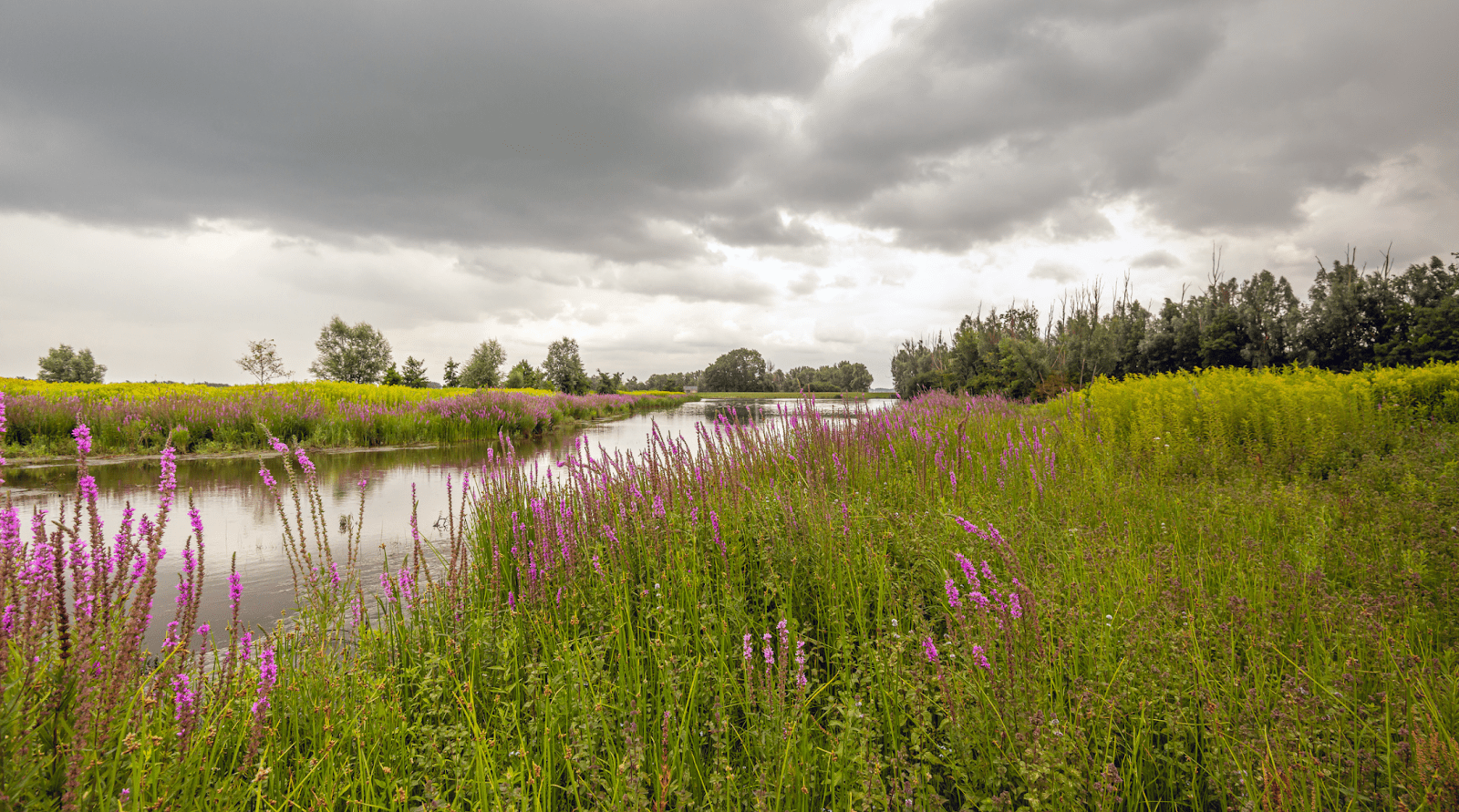In an era of increasing environmental awareness, Biodiversity Net Gain (BNG) has emerged as a pivotal concept in sustainable development. At Civity, we’re committed to understanding and supporting this revolutionary approach to preserving and enhancing our natural environment. Join us as we explore the significance of BNG and its implementation in creating a more biodiverse, sustainable future of sustainable development.

Decoding Biodiversity Net Gain
Biodiversity Net Gain is a transformative development approach that aims to leave biodiversity in a better state than before. This concept goes beyond merely mitigating environmental damage – it’s about actively improving our ecosystems through thoughtful, sustainable development practices. BNG is now a fundamental principle in the planning system, with local planning authorities and developers working together to integrate biodiversity considerations into new developments.
It’s important to note that as of recent updates, BNG implementation is now live for all development sites (with some exemptions), including small sites. This means that even smaller projects must now consider and implement biodiversity net gain strategies.
The Biodiversity Crisis
Our planet is facing an unprecedented biodiversity crisis. Ecosystems are under threat, plant species are disappearing at alarming rates, and the delicate balance of nature is being disrupted. This biodiversity loss isn’t just a tragedy for wildlife; it poses significant risks to human well-being, our economy, and the planet’s ability to cope with climate change.
Why Biodiversity Matters
Biodiversity is the rich tapestry of life on Earth – from the smallest microorganisms to the largest mammals, from urban green spaces to vast wilderness areas. This variety of life is not just beautiful; it’s essential. Biodiversity provides crucial ecosystem services such as clean air and water, climate regulation, pollination of crops, and countless resources for medicine and industry. By protecting and enhancing biodiversity, we’re safeguarding our own future and ensuring sustainable economic growth.
Understanding Biodiversity Net Gain
BNG involves several key steps:
- Baseline Assessment: Establishing a clear picture of existing habitats and their biodiversity value.
- Impact Analysis: Assessing the potential development impacts on local ecosystems.
- Strategic Planning: Creating biodiversity gain plans that follow the mitigation hierarchy – avoiding and minimising negative impacts while identifying opportunities for biodiversity enhancements.
- Quantification and Delivery: Using the statutory biodiversity metric developed by Natural England to quantify necessary biodiversity gains and develop plans for their delivery.
- Long-term Monitoring: Ensuring that biodiversity gains are maintained and enhanced over time.
The Role of Technology in Biodiversity Management
While technology plays an increasingly important role in conservation efforts, it’s important to recognise that many of these tools are still in development or are in the early stages of implementation. Some potential technological applications in the field of biodiversity management include:
- Habitat mapping using satellite imagery
- Species distribution modelling
- Monitoring systems for long-term biodiversity management
- Tools for interpreting biodiversity units and decision-making
These tools have the potential to provide data-driven insights that could guide effective BNG strategies for both terrestrial and marine habitats in the future.
Overcoming BNG Challenges
Implementing Biodiversity Net Gain comes with several challenges:
- The complexity of Ecosystems: Accounting for the intricate relationships within ecosystems is crucial for improving biodiversity in a holistic manner.
- Long-term Commitment: BNG requires comprehensive habitat management plans and monitoring solutions that extend far beyond the initial development phase.
- Balancing Development and Conservation: Finding solutions that meet both development needs and biodiversity goals is essential.
- Regulatory Compliance: Staying informed about evolving government guidance and legal requirements is crucial to meet and exceed Biodiversity Net Gain requirements.
The Future of Biodiversity Net Gain
As we look to the future of sustainable development, Biodiversity Net Gain is becoming an integral part of all development projects. The field is rapidly evolving, with several exciting trends emerging:
- Community Engagement: There’s growing interest in integrating citizen science into monitoring programs and engaging local communities in biodiversity conservation.
- Market-Based Solutions: Some organisations are exploring the creation of marketplaces for biodiversity credits, similar to carbon credits.
- Data-Driven Decision-Making: As more projects implement BNG, we’re seeing an increase in the collection and analysis of biodiversity data.
- Holistic Approaches: There’s a trend towards integrating BNG with other environmental initiatives, such as carbon sequestration and flood management.
These developments suggest an exciting future for Biodiversity Net Gain, with the potential for more effective, efficient, and engaging approaches to enhancing our natural environment through development projects.
Understanding BNG for a Greener Future
At Civity, we believe that every development project, no matter how small, has the potential to make a positive impact on our natural environment. By understanding and embracing Biodiversity Net Gain principles, developers can create projects that not only meet planning obligations but genuinely contribute to a more biodiverse world.
Are you ready to embrace the future of sustainable development? Explore how Biodiversity Net Gain can be integrated into your projects, ensuring that economic growth and environmental protection go hand in hand. Together, we can work towards creating a greener, more biodiverse future for all.


